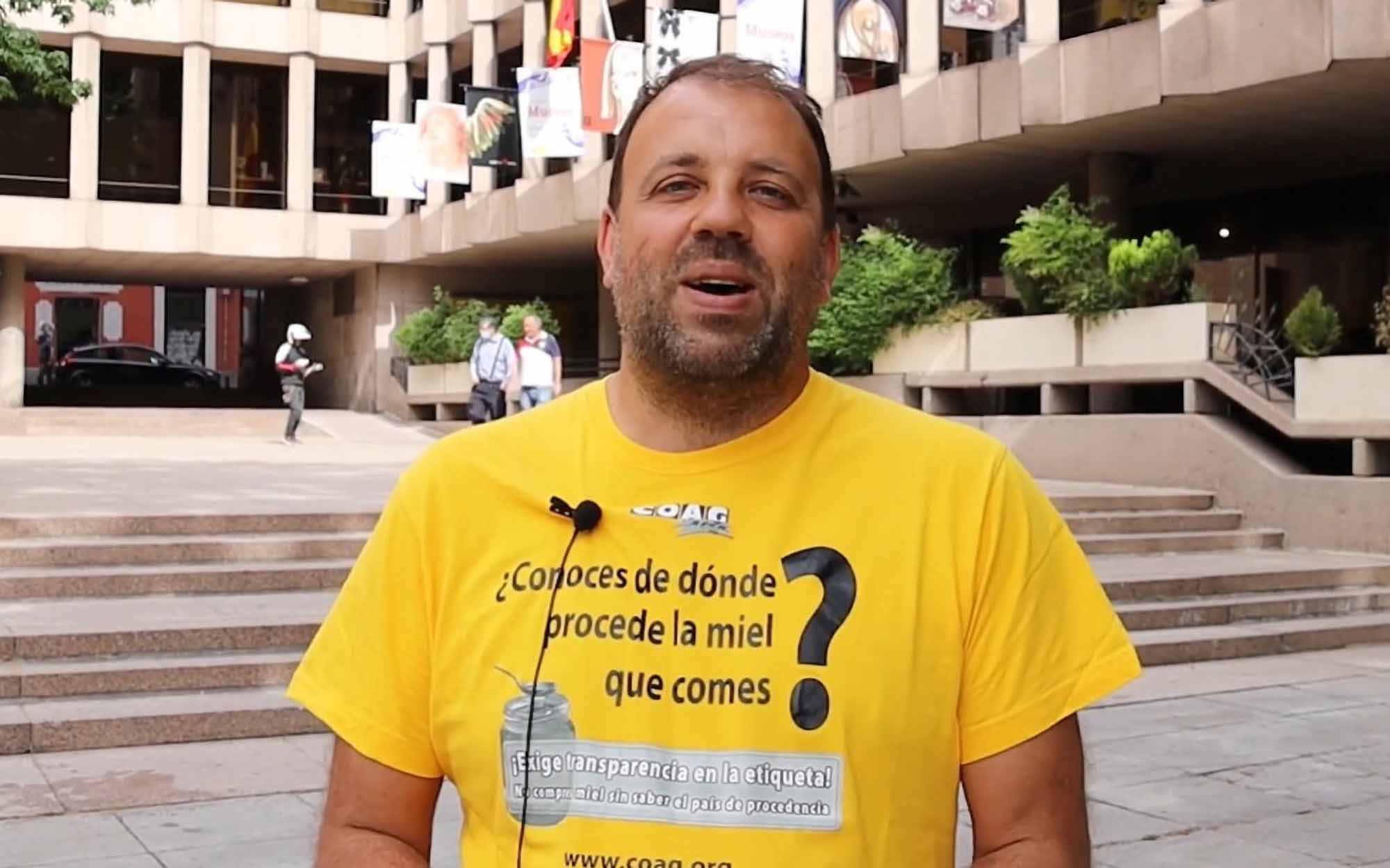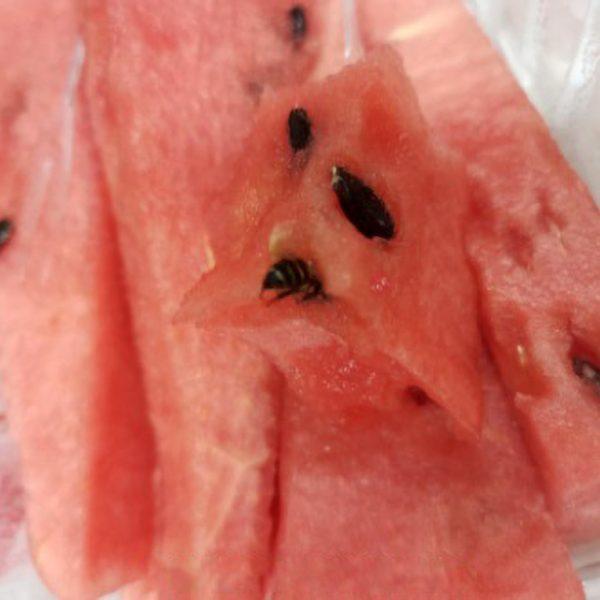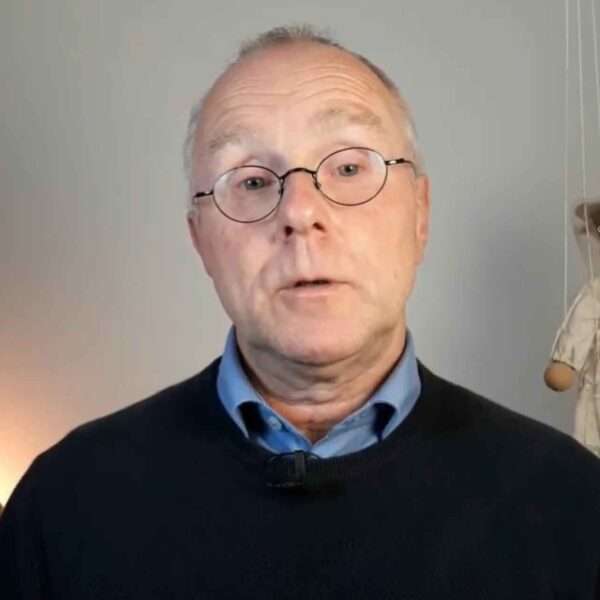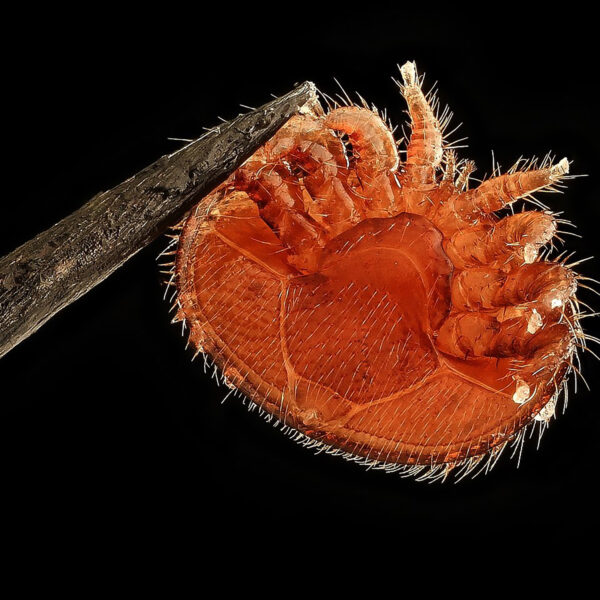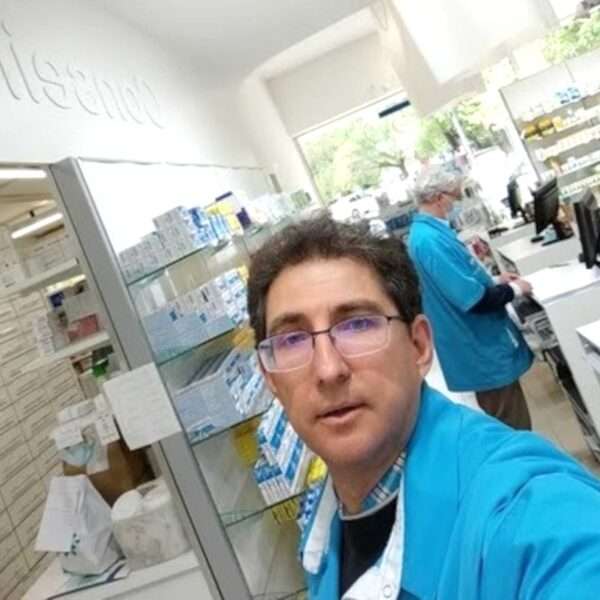A young scientist has revealed how she helped Disney in supporting pollinators by ensuring herbal biodiversity at its five-megawatt solar facility in Florida.
To meet its sustainability goals, the entertainment giant opened the highly anticipated solar plant – which has the shape of Mickey Mouse’s head – outside its EPCOT theme park in Bay Lake, Florida, seven years ago.
The Walt Disney Company vowed to produce or purchase zero-carbon electricity to power all its operations by 2030. In 2020, Disney reportedly achieved a 50 per cent decrease in net emissions compared to its annual figures from 2012.
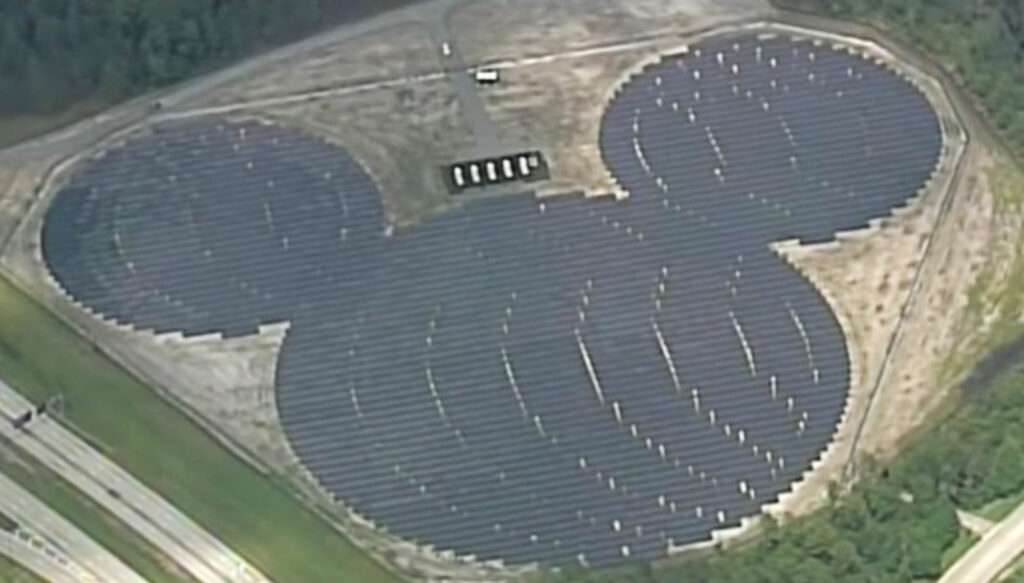
In an effort to provide a habitat for native pollinators, Disney set up dozens of small test plots around the 22-acre (nine hectares) solar facility – which covers an area as large as 13 football pitches – to find out more about the local ecosystem in 2018.
Morgan Belle – who graduated from San Francisco State University with a master’s degree in Biology in 2021 – accompanied Disney’s ambitious eco endeavour.
She told the EPRI Journal: “There’s not a lot of information about solar pollinator habitat in our region. We wanted to start small and prove that it works well before scaling up.”
Morgan explained: “We recognise that renewable energy is amazing. But it takes up a lot of space. It was a natural progression to figure out what we could do with this land in addition to having it as a solar facility.”
The expert on ecology and conservation biology added: “There’s all this valuable land underneath and around the panels, so we might as well figure out how to use that too.”
Today the 48,000-panel solar power plant features pollinator habitats measuring more than 160 acres (65 hectares).
Disney has many years of experience with pollinator habitats, according to the Californian EPRI Journal. The magazine points out that the entertainment enterprise has maintained pollinator gardens at its numerous resorts.
The mix of grasses and forbs outside EPCOT was reportedly selected as they bloom at different times throughout the year. This way, strong support for bees and other pollinators – which all play an important role in the ecosystem – has been ensured.
Morgan said: “We have pollinator programmes across our parks and resorts where guests and employees can come and actually learn how to survey these gardens and gather data.”
Her research determined that more than 40 native species of pollinators have been making use of the grasslands and plants at the flagship solar plant.
Morgan – who plans to publish an in-depth study on her findings – underlined: “We’re finding more pollinators are making use of our solar gardens in comparison to the standard turf grass sites.”
The scientist said the solar project was part of Disney’s vision to “inspire optimism for a brighter, more sustainable future.”
EPCOT – which opened in 1982 – is a 305-acre (123-hectare) theme park offerings various attractions focusing on technological innovations and environmental issues.
It currently hosts a flower and garden festival featuring giant topiary sculptures of popular characters from blockbuster movies such as Toy Story and Beauty and the Beast.



